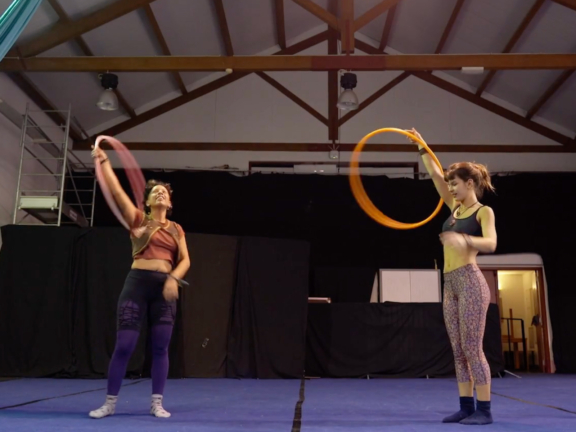
Trampolim
Circus and performing arts are the “springboard” for the professional integration of young people from the Lisbon Metropolitan Area who are neither studying nor integrated into the job market.

Circus and performing arts are the “springboard” for the professional integration of young people from the Lisbon Metropolitan Area who are neither studying nor integrated into the job market.
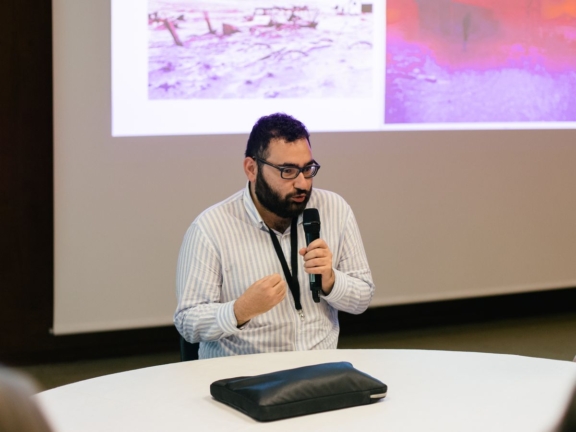
Daniel Marques received the Gulbenkian New Talents Scholarship in Biology, but his interests range from scientific research to running a YouTube channel. Find out what motivates this curious grantee.
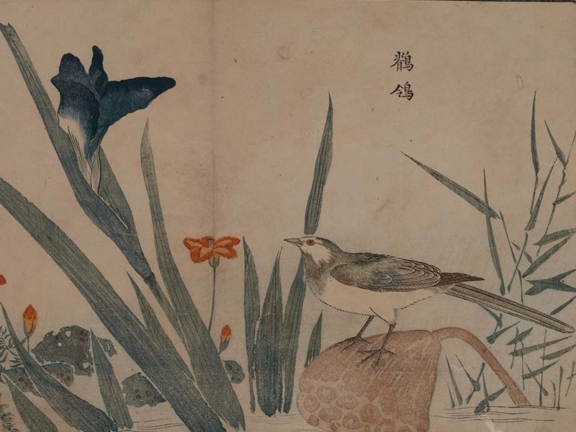
Calouste Gulbenkian embraced the fashion for "Japonisme" and his attention and taste for the art and culture of Japan is reflected in his personal library.
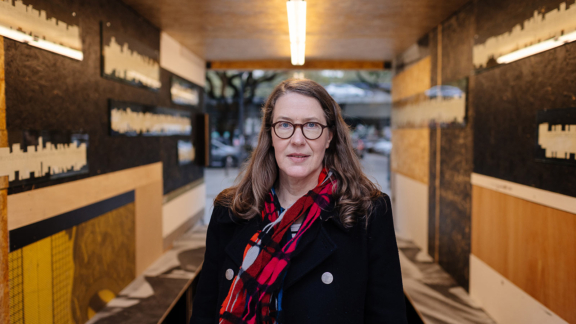
The artist presents a site-specific project installed in a shipping container located in the square outside the Fonte Nova Shopping Centre, in Benfica.
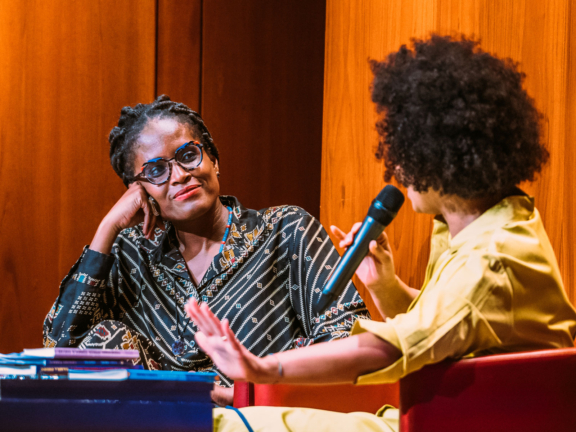
For the first time in Portugal, Brazilian political philosopher and activist Djamila Ribeiro addresses the fundamental themes of her work in a conversation moderated by Cláudia Semedo.
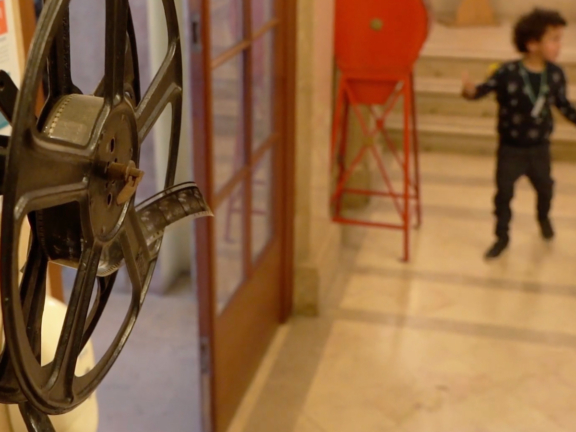
Participatory artistic and cultural practices are at the heart of this project, which aims to foster community cohesion in the Bairro do Zambujal neighbourhood in Amadora.
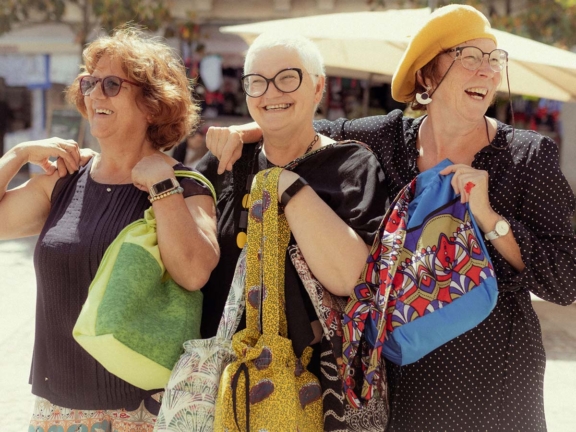
Discover the handmade art made by women over 55 to combat loneliness and isolation in Coimbra's city centre.
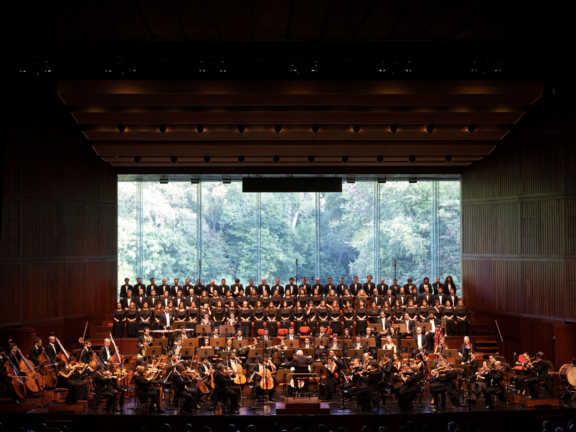
Under the direction of Lawrence Foster, the Gulbenkian Orchestra and Choir perform the timeless Symphony No.9 by Ludwig van Beethoven.
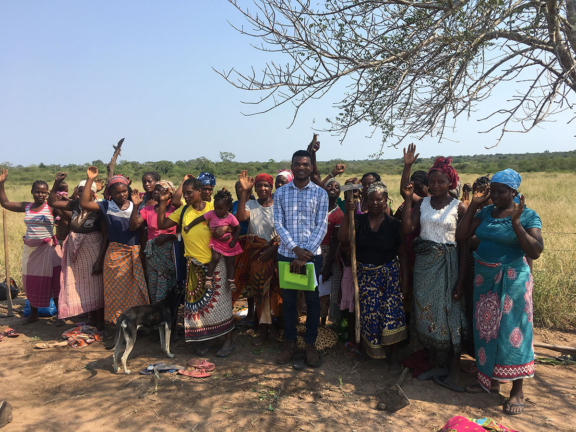
A specialist in Rural Development and Sustainability, Mohomede Saide is completing his PhD in Évora with a Gulbenkian scholarship. Learn about his plans to change the world, starting with Mozambique.
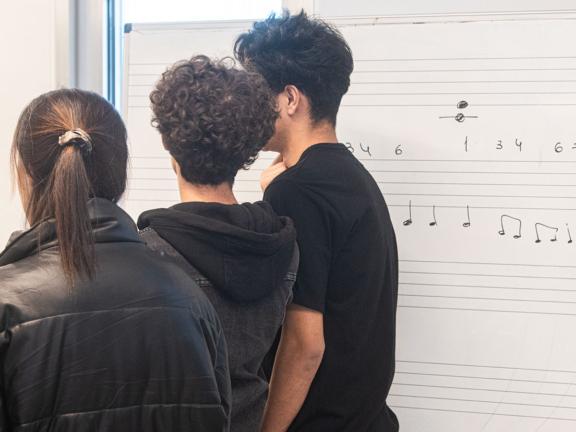
After the Taliban retook power and banned music in the country, students of the Afghanistan National Institute of Music were taken in as refugees in Portugal. Ten of them are currently living in Guimarães, where they continue their studies with the support of the Gulbenkian Foundation.
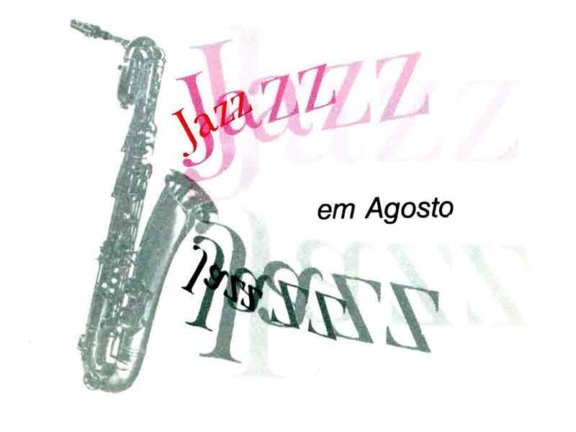
“Jazz em Agosto”, nowadays an important festival in the national jazz scene, starts as an experimental initiative integrated in the programme of activities of ACARTE 84.
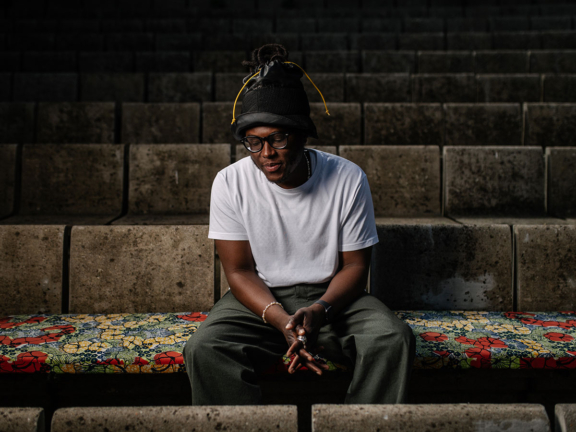
On his first visit to Lisbon, julianknxx talks about his project 'Black Corporeal', produced in partnership with the Iminente Festival. The presentation in Lisbon involves the participation of the Gospel Collective choir and takes place on 20 May at the Open Air Amphitheatre of the Calouste Gulbenkian Foundation.
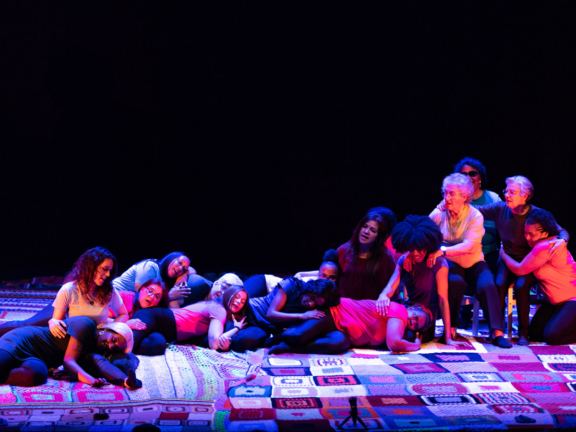
Theatre provides an individual form of expression for women with mental health problems living in the municipality of Sintra, through which they reflect on issues of gender and belonging.
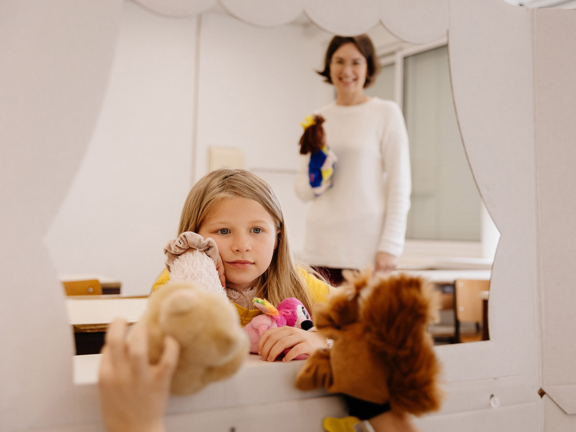
A year ago, the Gulbenkian Foundation announced emergency support for Ukraine. Find out about two of the supported associations that have helped refugee children and families in Portugal.
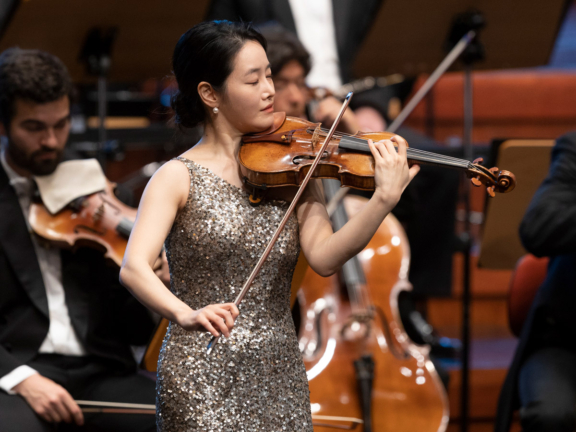
South Korean violinist Bomsori Kim and the Gulbenkian Orchestra perform Brahm's Violin Concerto, under the direction of Giancarlo Guerrero.
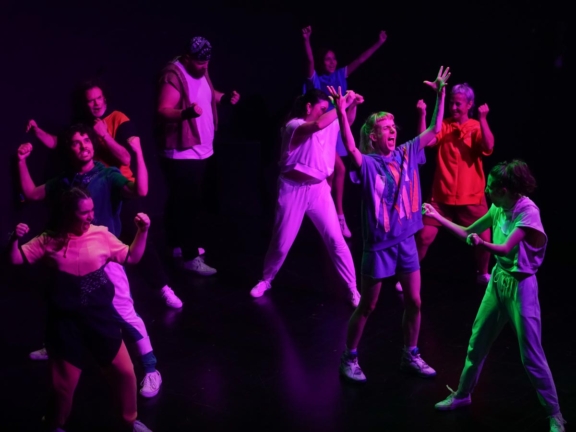
Learn more about this artistic project focused on developing the skills of participants and the collective construction of a multidisciplinary performance, supported by the 1st edition of Partis & Art for Change.
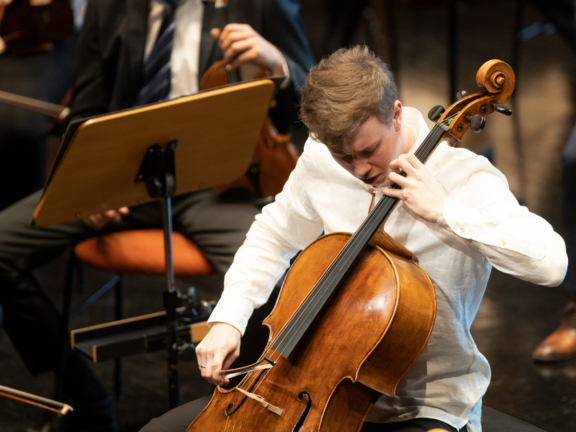
The cellist Jonathan Roozeman and the Gulbenkian Orchestra perform the piece "Tout un monde lointain...," by Henri Duttilleux, under the direction of Nuno Coelho.
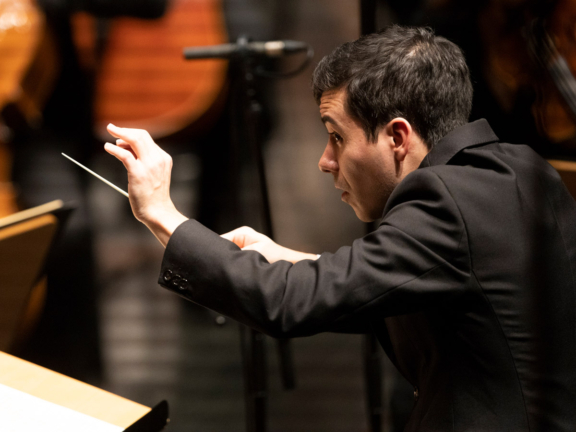
The Gulbenkian Orchestra performs one of the most celebrated works by French composer Hector Berlioz, under the direction of Nuno Coelho.
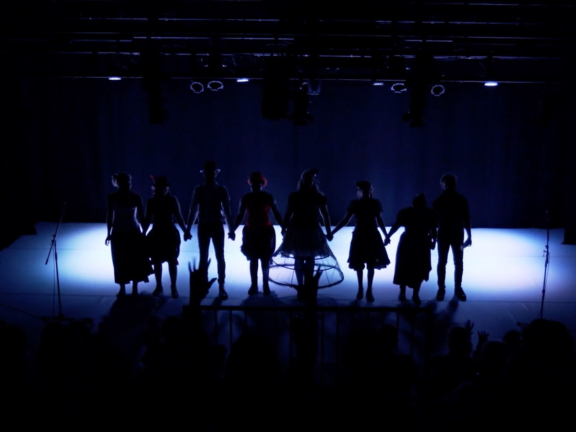
Learn more about this theatre project promoting the recognition and appreciation of deaf artists, based on the development of a performance language that combines sign language and the spoken word.
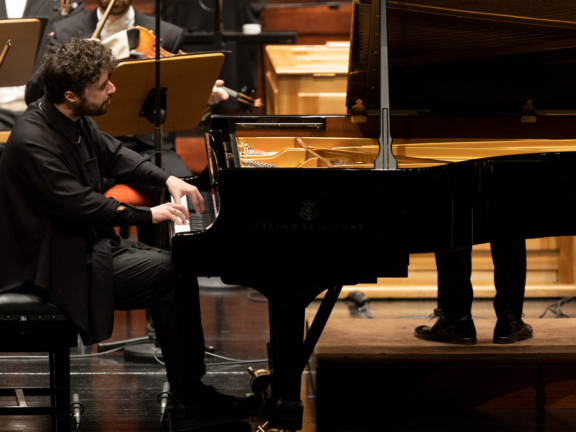
The Portuguese pianist Raúl da Costa joins the Gulbenkian Orchestra to perform Mozart's Piano Concerto No. 20, conducted by Risto Joost.
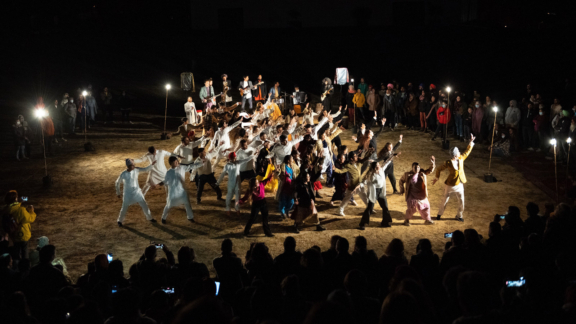
Learn more about the project that uses artistic practices as the core language for sharing and merging cultures in the municipality of Odemira, with the support of the PARTIS & Art for Change initiative.
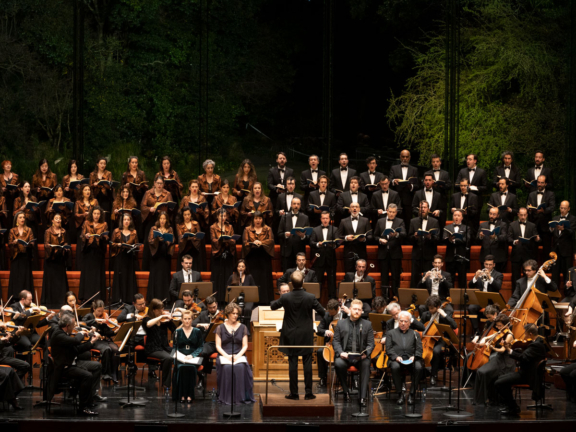
Under the direction of Risto Joost, the Gulbenkian Orchestra and Choir perform Mozart's Requiem in D minor.
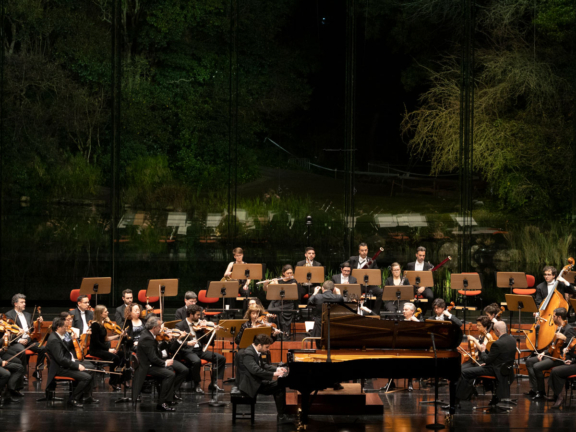
The Portuguese pianist Raúl da Costa and the Gulbenkian Orchestra perform Mozart's Piano Concerto No. 27, under the direction of Álvaro Albiach.
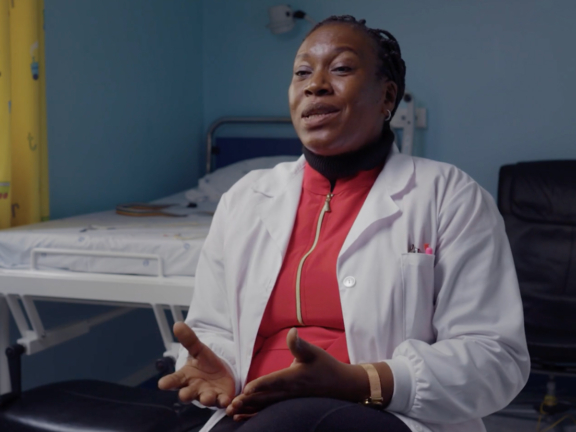
Meet one of the doctors from the PALOPs (Portuguese speaking African countries) who participated in this empowerment program supported by the Gulbenkian Foundation.